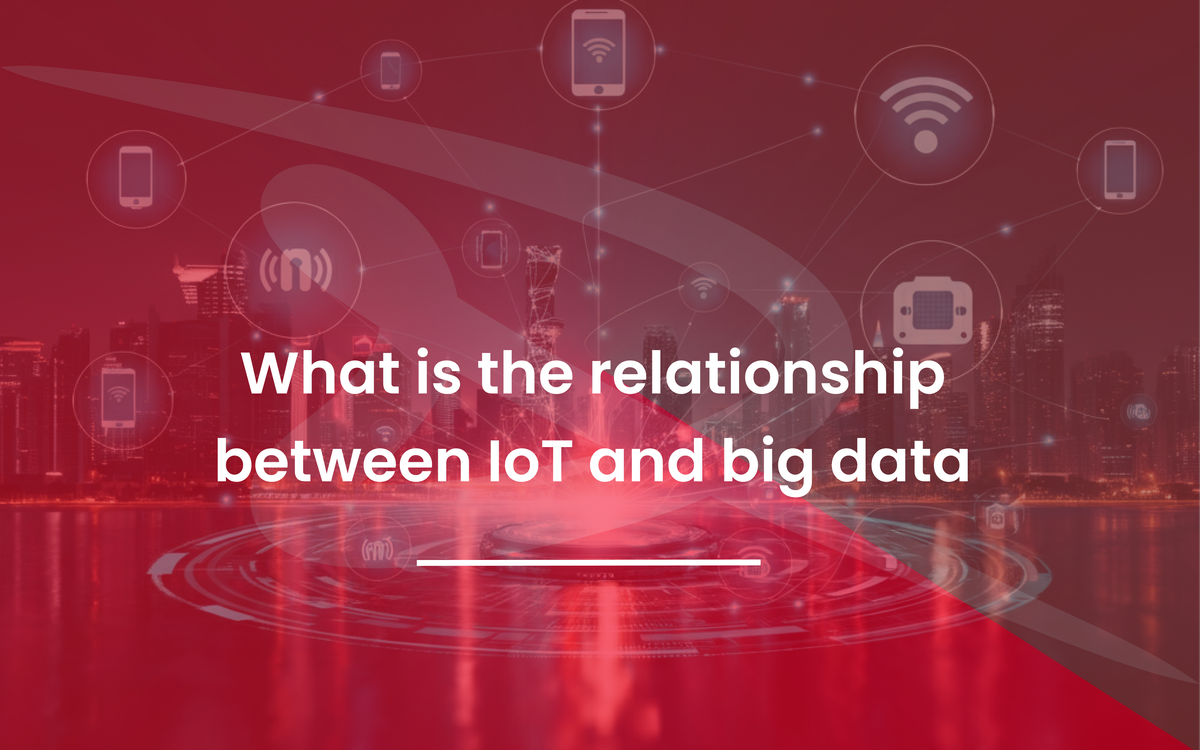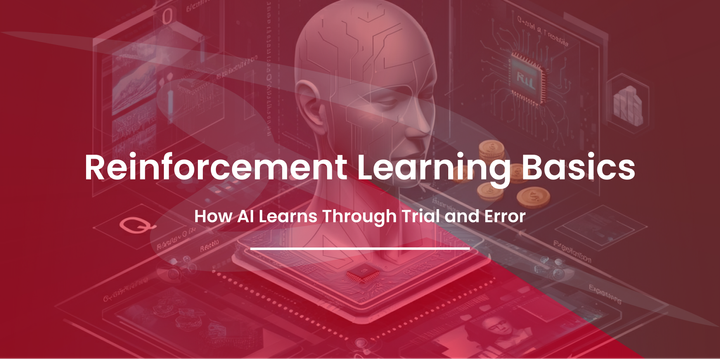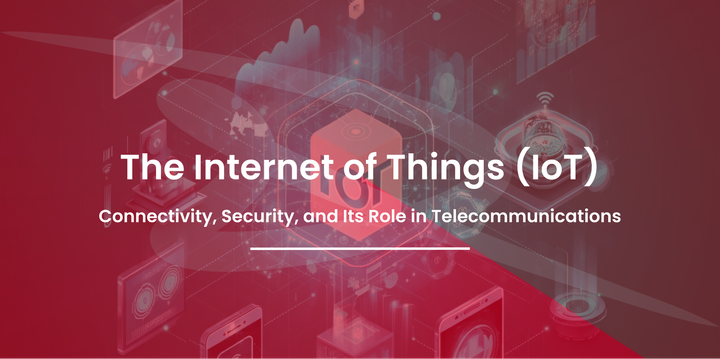What is the relationship between IoT and big data
Discover the connection between IoT and Big Data. Learn how IoT data analytics and processing enhance efficiency across industries.

The Internet of Things (IoT) is transforming how we interact with technology, while Big Data is reshaping how we handle vast volumes of information. Together, these two titans of tech are creating new possibilities across industries. But how exactly are they connected, and why is their relationship so pivotal?
Whether you’re a data analyst looking to optimize IoT data processing or a tech enthusiast intrigued by IoT sensors and Big Data, this blog unpacks everything you need to know about the relationship between IoT and Big Data—and offers a glimpse into their future potential.
What is IoT?
The Internet of Things (IoT) refers to a network of connected devices that collect and exchange data through the internet. These “smart” devices encompass a diverse range, from fit bands that track your heart rate to sensors in smart cities enabling efficient traffic management.
Key Components of IoT
- Sensors and Devices: IoT devices use sensors to collect real-time data, such as temperature, motion, or energy usage.
- Connectivity: These devices transmit data over wireless protocols like Wi-Fi, Bluetooth, 5G, or Zigbee.
- Data Processing: After collection, the incoming data needs to be processed and analyzed to generate insights.
- User Interface: The end-user interacts with IoT systems via apps, devices, or dashboards.
Examples of IoT Applications
- Smart Homes: Devices like Amazon Echo or Google Nest automate lighting, temperature, and even grocery lists.
- Healthcare: Wearable IoT devices track vitals or assist in remote patient monitoring systems.
- Industrial IoT (IIoT): IoT streamlines operations in industrial setups, such as predictive maintenance of machinery.
IoT is all about gathering real-world data in real time. But what happens next depends on Big Data.
What is Big Data?
Big Data refers to extremely large datasets that traditional data-processing tools can’t handle. It's not just about the size; Big Data also involves the complexity and speed at which data is generated and processed.
Characteristics of Big Data
- Volume: Massive amounts of data, from terabytes to zettabytes.
- Velocity: Data is produced at an unprecedented rate, often in real time.
- Variety: Data comes in structured, semi-structured, and unstructured forms like emails, images, or IoT sensor readings.
- Veracity: Ensuring the quality and reliability of data is essential for accurate insights.
How Big Data is Collected and Processed
- Data Collection: Sources include IoT devices, social media, financial transactions, and more.
- Storage: Solutions like Hadoop and cloud computing platforms provide scalable storage.
- Processing: Tools like Spark and MapReduce process and analyze data to extract meaningful patterns.
Big Data isn’t just about hoarding information—it’s about translating it into actionable insights. That’s where its connection with IoT comes into play.
The Relationship Between IoT and Big Data
IoT generates a staggering amount of raw data. Without Big Data, managing and making sense of this information would be impossible. Here’s a breakdown of their synergy:
How IoT Generates Massive Data Streams
Imagine an IoT-enabled smart city. Sensors monitor traffic congestion, air quality, and energy usage every second. Multiply those data points across thousands of sensors—it’s easy to see why the sheer volume of IoT data necessitates Big Data processing tools.
Big Data’s Role in IoT
Big Data provides the technologies and frameworks to store, analyze, and visualize IoT-generated data. Combined, they unlock new possibilities, such as predictive analysis and automation.
Real-World Examples
- Smart Cities: IoT and Big Data integration allow for efficient energy consumption and traffic control.
- Healthcare: IoT devices collect patient data, while Big Data analyzes it to predict health risks.
- Industrial Automation: Predictive maintenance leverages IoT data analytics to reduce machine downtime.
Without Big Data, IoT data remains an unmanageable flood of information. Together, they drive innovation and improve decision-making processes.
How Big Data Enhances IoT
Data Storage and Management
To handle the influx of data, cloud and edge computing store massive datasets. For instance, cloud platforms like AWS enable real-time IoT data processing, while edge computing processes data locally to reduce latency.
Real-Time Analytics and Decision-Making
Big Data tools make it possible to analyze IoT data in real time. Imagine a self-driving car reacting to road conditions instantly—this is IoT data analytics powered by Big Data.
AI and Machine Learning
Machine learning models train on Big Data to predict outcomes and automate decisions in IoT systems. For example, smart thermostats learn user behavior to customize settings automatically.
Challenges of Integrating IoT and Big Data
While the benefits are plenty, the integration of IoT and Big Data poses some hurdles.
Data Security and Privacy Concerns
The vast amount of sensitive information exchanged between IoT sensors and Big Data platforms creates vulnerabilities. Ensuring robust encryption and compliance is critical.
High Computational Requirements
The processing speed required for real-time IoT data analytics often demands high-performance hardware and software.
Scalability and Interoperability
Connecting multiple IoT devices and ensuring seamless data sharing can be complex, especially when dealing with different standards and protocols.
Strategic solutions, like adopting interoperable frameworks or advanced encryption algorithms, can help address these challenges.
Future Trends in IoT and Big Data
The future of IoT and Big Data integration is promising, influenced by emerging technologies and evolving requirements.
5G Networks
With 5G, IoT devices will experience faster data transfer speeds, enabling near-instantaneous Big Data processing.
AI-Driven Analytics
The evolving sophistication of AI in analyzing IoT data will lead to deeper insights and better automation capabilities.
Edge Computing
Edge computing will become more significant as it reduces data transmission delays by processing data closer to its source.
Impact on Industries
IoT and Big Data will revolutionize industries like autonomous vehicles, telemedicine, and supply chain optimization. These advancements promise to redefine daily life and business operations.
The Key to Unlocking Tech’s Full Potential
IoT and Big Data are like two sides of the same coin—one collects comprehensive real-world data, while the other makes sense of it on a grand scale. Together, they are creating smarter homes, safer cities, and more efficient businesses.
To harness the full potential of these technologies, we must address challenges like security and scalability while continuing to explore emerging solutions like 5G and AI analytics. Read More
FAQs
What is the role of Big Data in IoT?
Big Data processes and analyzes the vast amount of data generated by IoT devices, enabling actionable insights and real-time decisions.
How are IoT sensors and Big Data connected?
IoT sensors collect data from the environment, which is then managed, analyzed, and utilized through Big Data technologies.
What are common challenges in IoT and Big Data integration?
Key challenges include data privacy concerns, high computational requirements, and ensuring scalability and compatibility.
Why is IoT data processing important?
IoT data processing transforms raw sensor data into usable insights, improving operational efficiency and decision-making.
What’s the future of IoT and Big Data?
With advancements like 5G, AI-driven analytics, and edge computing, IoT and Big Data will continue to revolutionize industries ranging from healthcare to transportation.




Comments ()